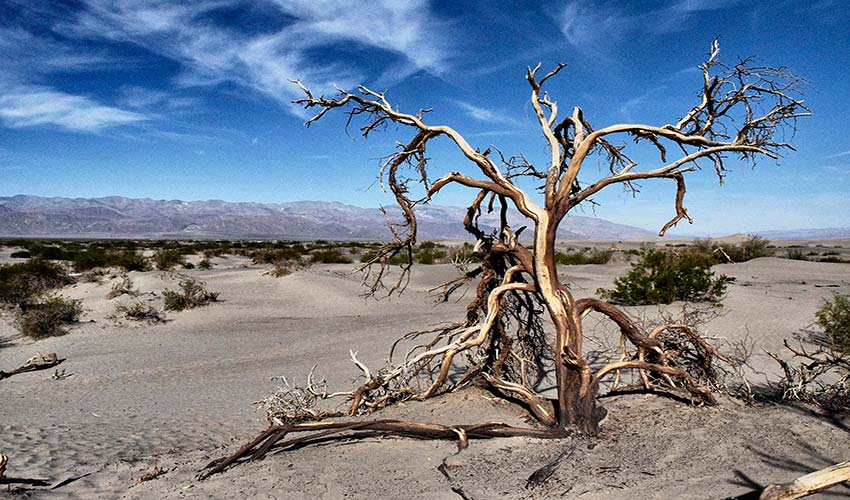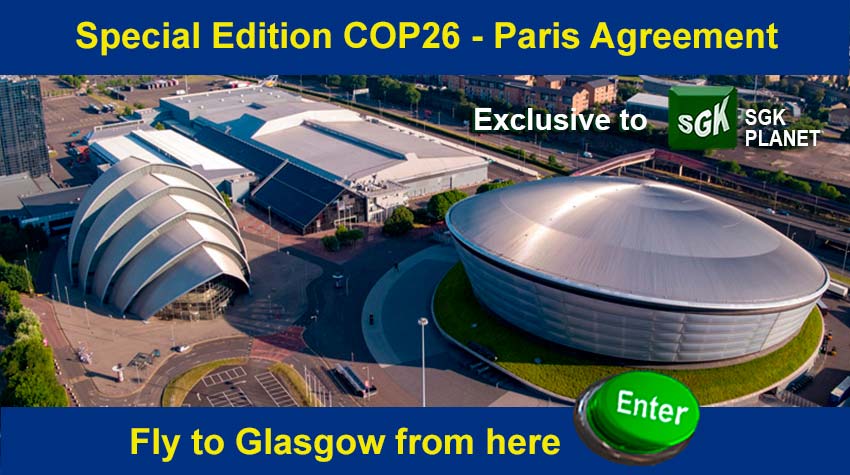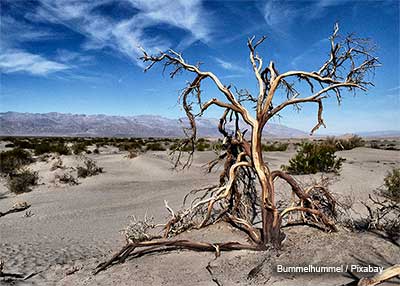FAQs about Desertification

Source: Bummelhummel en Pixabay
1. Is desertification one of the biggest problems on Earth?
If we go to the facts, we can affirm that desertification, as a consequence of deforestation, represents the greatest challenge to stop climate change. Desertification is like the faithful of the scales, which will ultimately tip the plates to one side or the other. In drastic terms it means that the failure of the fight against climate change, with the desertification of the planet as one of its most visible sides (the other the melting of the ice), would in turn be the failure of Homo sapiens to take care of its habitat and the survival of our species and that of many others.
Desertification is largely caused by global warming and deforestation of forests. There are other factors, but these are the main ones. Let us see:
Global warming is largely due to the emission of greenhouse gases produced by automobile traffic, the power generation industry and industry in general. It does not seem that difficult to switch from internal combustion cars to electric cars. More and more electric cars, buses and trucks are produced and there are countries where traditional cars already have a date of prohibition to drive in the next five to twenty years. Electromobility is in sight. Progress is also being made in the field of hydrogen as a clean fuel for electric vehicles. On the other hand, more and more wind turbines and photovoltaic solar panels are produced to replace old forms of electricity production. It seems that the transition to clean energy is easier than ending deforestation of forests and jungles.
Deforestation of forests means cutting down millions of trees annually. Trees absorb water and then return it to the atmosphere in immense amounts of water vapor, a mega transpiration that forms the clouds, from which the vital liquid returns through the rains, which in part rush to the forest itself, but also They irrigate faraway places, helping to keep moisture from large areas. In addition, trees during photosynthesis absorb and store CO2, which is fixed in their roots, trunks and leaves as carbon. Although plants take oxygen from the air and re-enter CO2, the final balance is positive in favor of removing CO2 from the atmosphere.
Since the 1950s, and especially the 1970s, hostile deforestation of Earth’s main forests has been taking place. Despite the forest and desertification conventions that have been brought forward since 1992, deforestation is far from diminishing. Worse still, in the 21st century it has increased, and, in some parts, it is out of control. The reasons? Wood is in high demand and there is no material to replace it. Because of this, there are great interests behind the felling of trees, which use all kinds of methods and maneuvers so as not to have to interrupt the commercialization of the forests.
If desertification growth is not halted, a climate crisis of much greater proportions will ensue than that of Borneo, where hostile deforestation produced local climate change, as we have outlined in several articles. Wikipedia says about it: “In the eighties and nineties the forests of Borneo went through a deep transition. They were leveled at a rate unparalleled in human history, burned, felled and cleared, and generally transformed into agricultural land, or palm oil plantations.”
If we do not stop desertification, we will soon be facing great imbalances in biodiversity, forest fires, droughts, crop losses, famines, never-before-seen migrations, critical shortages of drinking water. All this would lead to great repercussions in the social, economic, and environmental order.





